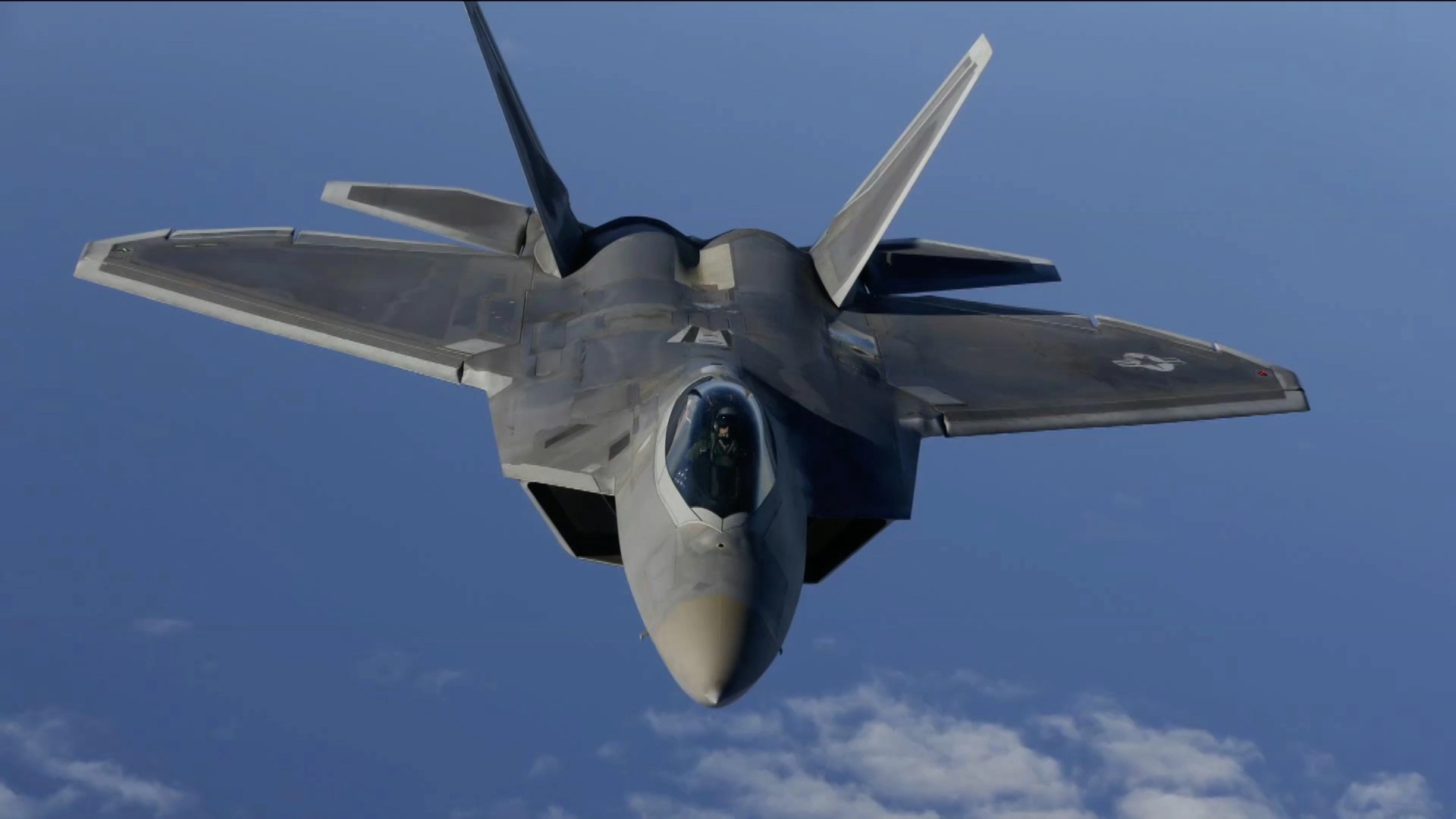
Chinese hot air balloon accident in U.S. skies
The political debate between Washington and Beijing has been ongoing even after the downing of the Chinese balloon, and neither side expects it to end soon. After this incident, many questions have been asked about what can be found inside the balloon, whether it is really a spy balloon as the United States claims, or a civilian balloon for meteorological research as China claims.
On February 4, the United States of America shot down the Chinese balloon off the coast of South Carolina, seven days after the balloon entered US airspace for the first time. The USS CARTER HALL is following the wreckage of the Chinese balloon in the Atlantic Ocean, and US Secretary of Defense Lloyd Austin reported that an F-22 fighter jet shot down the Chinese balloon in US territorial waters.
Earlier, the Federal Aviation Administration announced that it had closed airspace in parts of North Carolina and South Carolina to "support the Department of Defense in a national security effort," it said. It should be noted that this is not the first time that the United States has discovered Chinese balloons over US territory, but it is the first time that the case took these paths, which were punctuated by events and meetings of senior US officials, and the incident carried great political and diplomatic connotations in Washington and Beijing.
In a lengthy report, CNN revealed the details of the discussions that took place between President Joe Biden and his senior administration officials, since the balloon was first discovered on January 28, before it was shot down on Saturday, February 4.
In details, the report confirmed that the balloon flew unnoticed eastward over the state of Alaska to the east, and that it was already flying in and out of US airspace for three days. It was first detected by the North American Aerospace Defense Command on January 28 heading towards Canada, and the air command continued to track its path, but without much interest, as "at that time it did not pose an intelligence or physical threat," according to the officials.
But as the balloon continued to move over Alaska heading to Canada, then back towards the United States, senior officials became suspicious, because it was clearly moving inland, and the location was worrisome because it was flying over an air base that maintains one of the largest stores of US intercontinental ballistic missiles, at which time the Chairman of the Joint Chiefs of Staff General (Mark Milley) informed US President (Joe Biden) on Tuesday, January 31, that it was flying over Montana.
Regarding U.S. reactions, the report said that Biden was tempted to drop the balloon on the ground when he was first informed about it, but Pentagon officials and General Milley advised against it, warning that "there is a potentially significant risk to lives and property on the ground that outweighs the assessment of potential Chinese intelligence gains."
Biden asked Milley and other military officials to develop options for destroying it, while at the same time preventing the blimp from gathering any intelligence by minimizing any sensitive military activity or unencrypted communications in the vicinity, and indeed, that same evening - Tuesday - Pentagon leaders met to discuss options, with Austin, who was out of the country, participating virtually.Tuesday, Pentagon leaders met to discuss options, with Austin, who was out of the country by default, and NASA also participating to analyze and assess the balloon's wreckage, and the prevailing view within the administration was that it should be shot down, most likely after it moved over open water.
When the options were presented to Biden on Wednesday, he directed his military command to shoot down the airship as soon as it was considered a viable option, while recovering its components, allowing for insight into its capabilities. At the time, US officials were talking to their Chinese counterparts, informing them of the possibility of shooting it down, and Biden himself was regularly receiving news of developments.
Biden was presented with another plan to bring him down on Friday night, while in Wilmington, North Carolina, which he agreed to implement on Saturday, and Austin gave his final approval shortly after noon on Saturday, February 4. The plan included a no-fly zone that included about 150 miles of the Atlantic coastline at three commercial airports: Wilmington in North Carolina, Myrtle Beach in North Carolina, and Charleston in South Carolina, as well as shooting him down with an F-22 fighter jet.
An official told CNN that intelligence was gathered from the balloon as it was tracked across the U.S. A senior defense official said waiting to carry out the operation allowed the U.S. to gain information about its capabilities, adding that "if we succeed in recovering aspects of the wreckage, we will learn more."
For its part, China accused the United States of "overreacting" by using force, insisting that the balloon is civilian for scientific research and meteorological purposes. Beijing explained that the Chinese government is closely following the development of the situation, stressing that it "reserves the right to take the necessary measures." The Chinese government is closely following the development of the situation, emphasizing that it "reserves the right to take the necessary measures.
Preparation:
Research and Studies Unit
Asia-Middle East Forum








